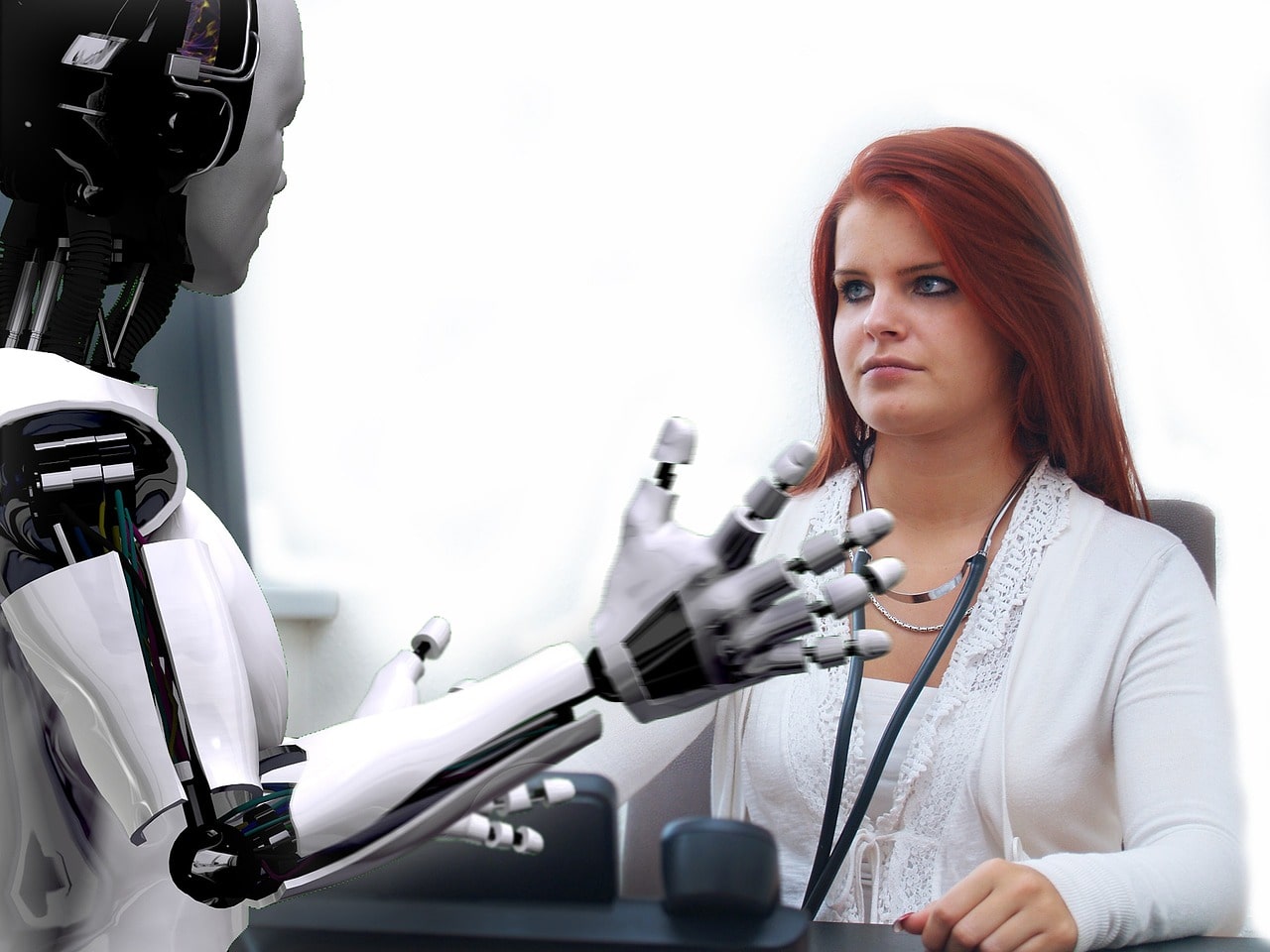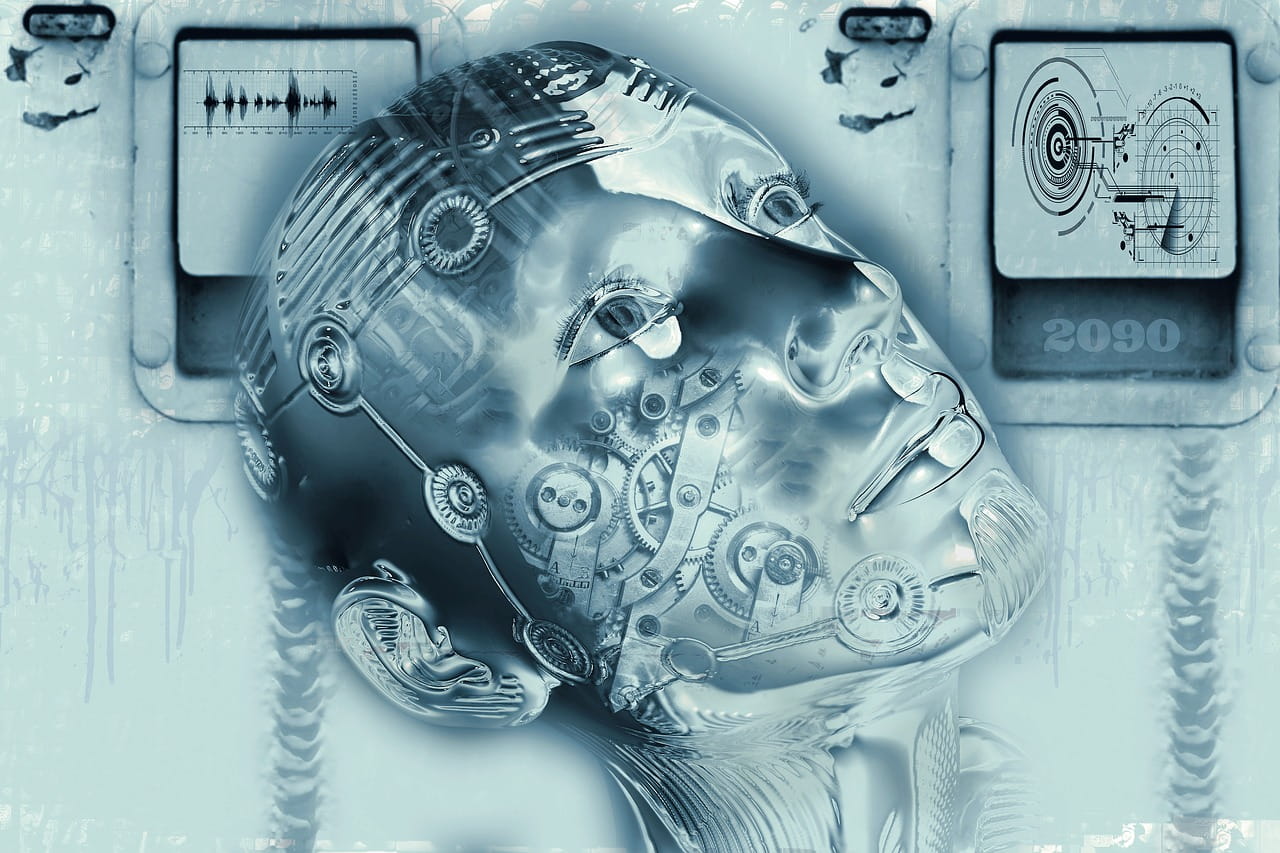Table of Contents
1. What is Robotic Process Automation (RPA)
Robotic process automation (RPA) technology developed from the structure of Business process automation technology builds on the perception of Artificial Intelligence (AI) software bots.
Robotic process automation software bots are designed and developed for a particular task, compare to humans, It has the capability to perform huge volume and automatic repetitive tasks.

RPA can be helpful to handle the question and Answers, mathematical calculations, manage, maintain the records and digital transactions, etc.
With the help of the RPA tools, you can create your software robot or bot to Automate to your Business process.
Just like humans, RPA bots make use of the Graphical User Interface (GUI) for collecting the information and connect with the applications to perform huge volume and automatic repetitive tasks. With the help of this technology, you can get quality revenue for your business with less time compared to other manual Operations.
RPA software bots use the Graphical User Interface (GUI) to capture information and manipulate applications. Compare to humans, these software bots will never sleep, makes fewer mistakes, and also cost less than a salaried employee.
RPA professionals can be categorized into different types such as probots, knowbots, and chatbots.
2. Layer Design Of Robotic Process Automation:

RPA is perfectly suitable for enterprise applications like ERP, SAP or any other data processing applications. The RPA applications can perform huge volume and automatic repetitive tasks.
There are four essential layers which are the First one is the process, Second one is sub-process, the Third one is the object, and Fourth one is the component.
a) Process:
The Topmost Layer In Layered Design Of RPA Is process layer. The Main Reason of the Process layer is to manage the processes in the Process layer.
b) Sub-Process:
The second one is the sub-process. The Reason of the sub-process layer have transformable business logic Identity and verification. The Advantage of the sub-process layer is reusability.
c) Object:
The third one is the Object Layer. Object layer has some procedures to Perform Particular task. The Advantage of the object layer is reusability of its systems.
d) Component:
The fourth one is the component layer. The lowermost layer in the layered design Architecture of RPA is Component Layer. The Reason of the Component layer is Specific screen interactions. The Advantage of the Component layer is low risk and faster changes.
Helpful Resources:
1. What is Google Chrome Helper, How Can It Help You?. Why Does It Use so Much RAM?
2. How Secure is a VPN? and Why You Need A Secure VPN?
3. What is Robotic Process Automation (RPA), Tools, Layer Design and its Applications
4. Deep Learning (DL) and its Applications
5. 10 Best Programming Languages For Artificial Intelligence (AI) in [2020]
6. Artificial Intelligence (AI) or Machine Intelligence (MI) in [2020]
7. Machine learning (ML) Algorithms and its Applications
Tech India Today
Related posts
Recent Posts
- How Important is Competitor Analysis? November 13, 2023
- Securing the Internet of Things: A Growing Concern October 2, 2023
- When DevSecOps Shines: Reinventing Software Development May 17, 2023
- Implementing Infrastructure As Code (IaC) With DevOps April 21, 2023
- What Can You Gain By Choosing a Reputable HVAC Software Solution? March 19, 2023
Categories
- Artificial Intelligence (AI) (18)
- Augmented Reality (AR) (5)
- Automotive (7)
- Blockchain (2)
- Business (45)
- Career (4)
- Cloud Computing (6)
- Computers (4)
- Content Management System (1)
- Cryptocurrency (1)
- Cybersecurity (7)
- Data Science (1)
- Digital Marketing (32)
- E-commerce (1)
- Education (6)
- Electronics & Hardware (10)
- Entertainment (5)
- Finance (9)
- Gadgets (23)
- Games (3)
- HTTP (3)
- Industry (2)
- Infographics (3)
- Internet (138)
- Internet of Things (IoT) (22)
- Job (3)
- Lifestyle (2)
- Machine Learning (7)
- Marketing (45)
- Marketplace (2)
- Mobile Apps (20)
- Natural Language Processing (2)
- Network (15)
- News & Trends (15)
- Operating System (OS) (6)
- Programming (10)
- Robotic Process Automation (RPA) (13)
- Security (19)
- SEO (24)
- Social Media (29)
- Software (35)
- Tech India Today (1)
- Technology (166)
- Virtual Reality (VR) (2)
- Web Apps (12)
- WordPress (1)
- Workflow (2)
- Workforce (2)
- Workplace (1)
- Workspace (1)

